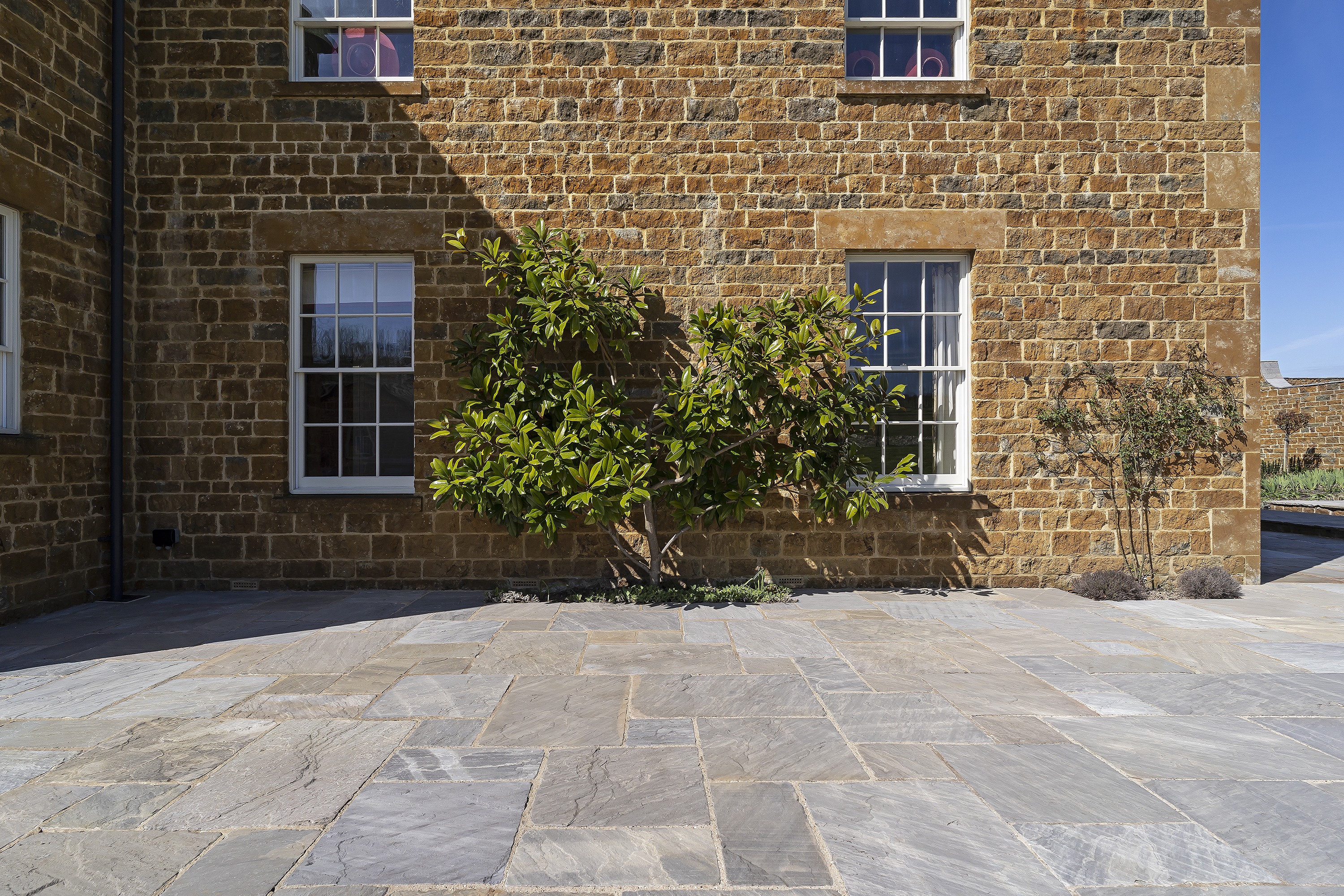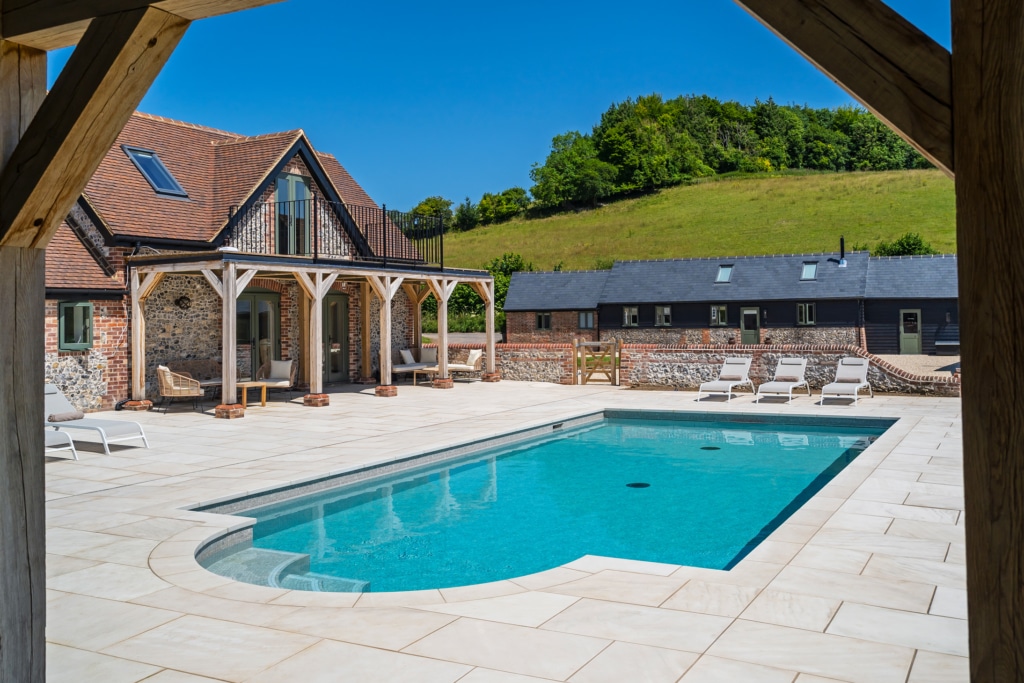Christmas Hours: We will be closed from 1pm on the 24th of December for the Christmas holidays, reopening as normal on the 2nd of January.

Many people are surprised to learn just how broad the category of “Indian stone” really is. India is a vast country with incredibly diverse geology, offering Sandstone, Limestone, Slate, and Granite — each varying by region and quarry.
Different regions specialise in specific colours and textures depending on where in the geological seam the stone is excavated.
These materials can be cut to various sizes and finishes, making them suitable for both traditional and contemporary landscaping. From patios to pathways, gardens to courtyards, Indian stone works across all styles.
Before selecting a stone, ask yourself:
Your stone supplier should help guide you through this.
Once you’ve chosen between Sandstone, Limestone, Slate or Granite, the next step is colour. The choice may depend on nearby architecture — its colour, age, and style. With Indian stone, the range is vast. Working with a knowledgeable supplier ensures you can access exactly what you need.
Be cautious: not all sellers are equal. Some simply push cheap stock with little understanding of the material. Others, like trusted specialists, understand where to find consistent quality and can offer bespoke selections.
Cheap suppliers often say, “stone is a natural product, colours may vary” — a phrase used to excuse poor matching. They change quarries frequently to cut costs, leading to wide colour variations.
Reputable sellers work with trusted quarries and pay extra to sort stone into tighter colour bands. The result? Better-looking projects and consistent results.

This stone naturally includes oranges, yellows, and whites. Left unsorted, it can look patchy when laid. At Stoneworld, we pay to have it sorted into White Mint and Yellow Mint — excluding unwanted tones.
Some sellers rebrand Indian stones to sound British — calling Fossil Mint “Cotswold Mint” or Kandla Grey “Georgian Grey.” While not illegal, this misleads customers about the stone’s origin.
If sustainability or provenance matters to you, choose a supplier who offers both UK and imported stone — and is transparent about what you’re buying.
True Raj Green sandstone features khaki greens and browns. It shouldn’t contain greys, reds or pinks. Cheap “Raj Blend” options mix in unwanted colours from different parts of the seam — and unscrupulous sellers may even disguise poor-quality crates by placing one good slab on top and bottom.
Some sellers even misuse “Raj” in names or keywords to improve search visibility, regardless of what they’re actually selling.
Colour palettes should be controlled — not random. Responsible suppliers stick to strict quarry specifications and don’t chase the cheapest deals at the expense of quality. That’s how you get the same quality Raj Green today as you did five years ago.
We hope this article has helped you understand what options you have before deciding on your new patio stone.
Please call us on 01844 279274 or email us at sales@stoneworld.co.uk for any further advice you require. Our knowledgeable staff are always on hand for tips and advice. Alternatively, you can fill in the enquiry form below and one of our team will be in touch shortly.